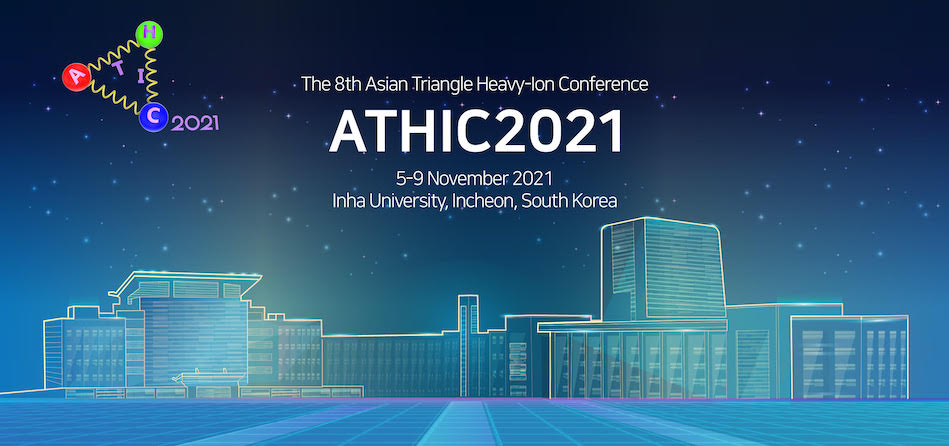Speaker
Description
We systematically study the hyperon global polarization's sensitivity to the collision systems' initial longitudinal flow velocity in hydrodynamic simulations. By explicitly imposing local energy-momentum conservation when mapping the initial collision geometry to macroscopic hydrodynamic fields, we study the evolution of systems' orbital angular momentum (OAM) and fluid vorticity. We find that a simultaneous description of the $\Lambda$ hyperons' global polarization and the slope of pion's directed flow can strongly constrain the size of longitudinal flow at the beginning of hydrodynamic evolution. We extract the size of the initial longitudinal flow and the fraction of orbital angular momentum in the produced QGP fluid as a function of collision energy with the STAR measurements in the RHIC Beam Energy Scan program. We find that there is about 100-200 $\hbar$ OAM that remains in the mid-rapidity fluid at the beginning of hydrodynamic evolution. We further exam the effects of different hydrodynamic gradients on the spin polarization of $\Lambda$ and $\bar{\Lambda}$. The gradients of $\mu_B/T$ can change the ordering between $\Lambda$'s and $\bar{\Lambda}$'s polarization.
https://arxiv.org/abs/2106.08125
